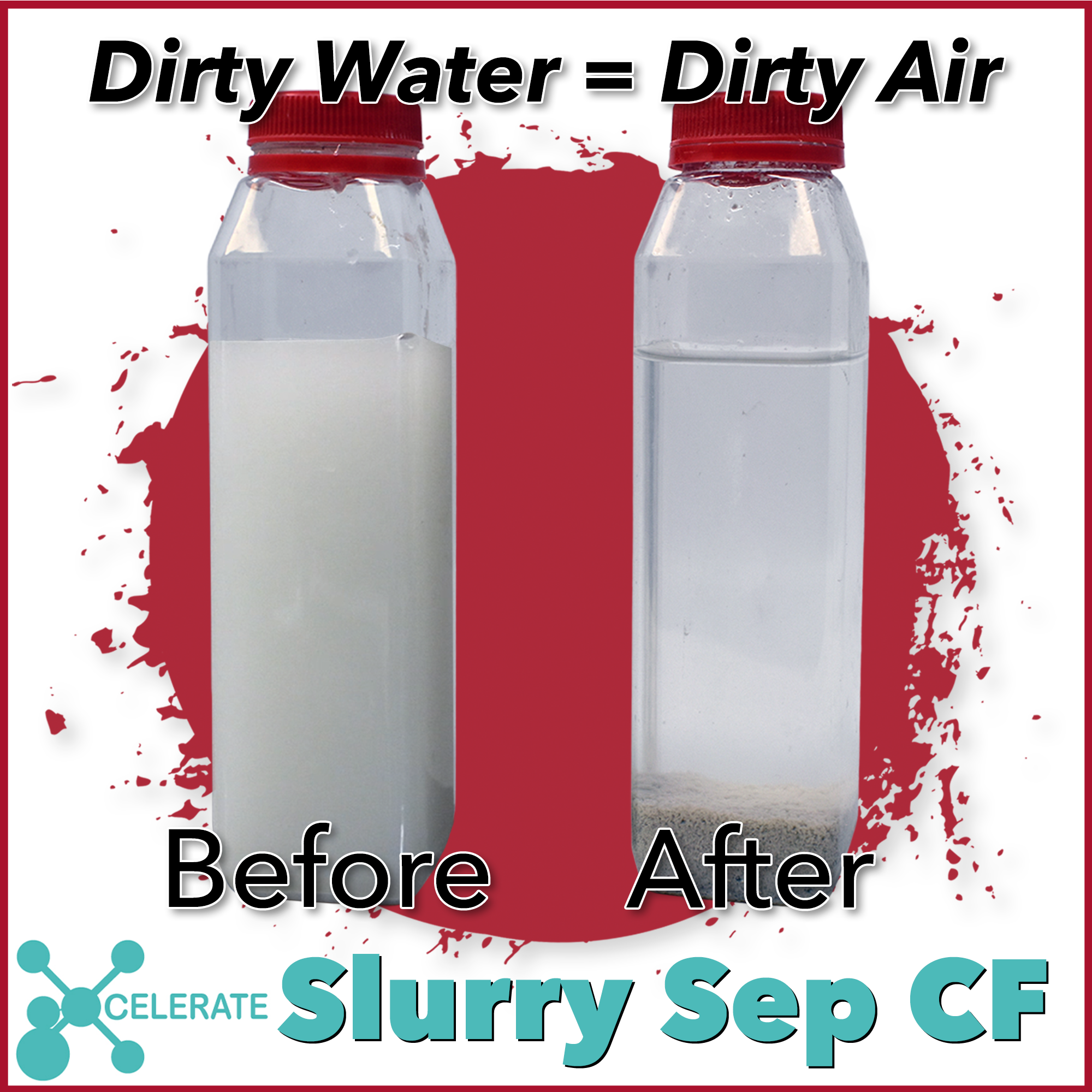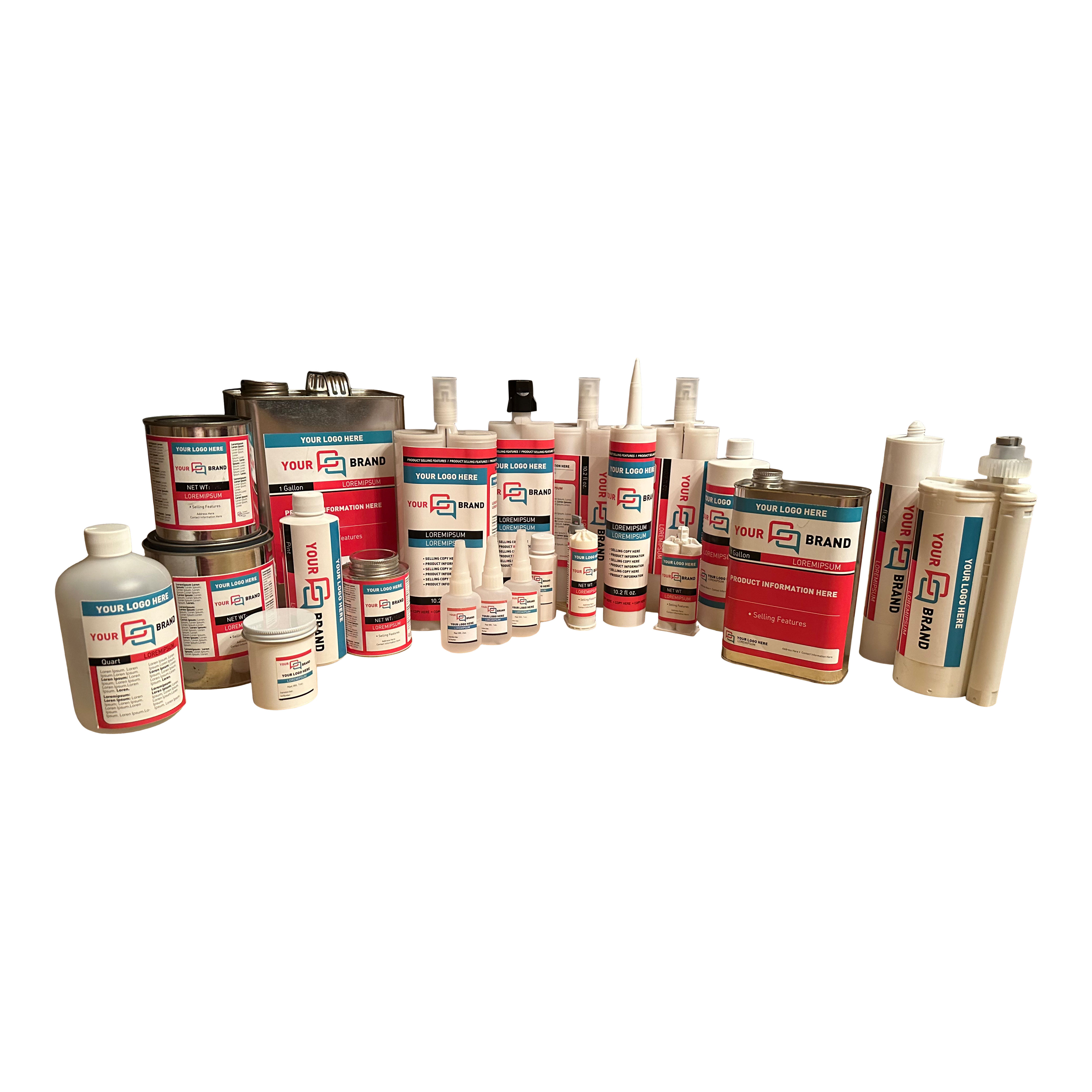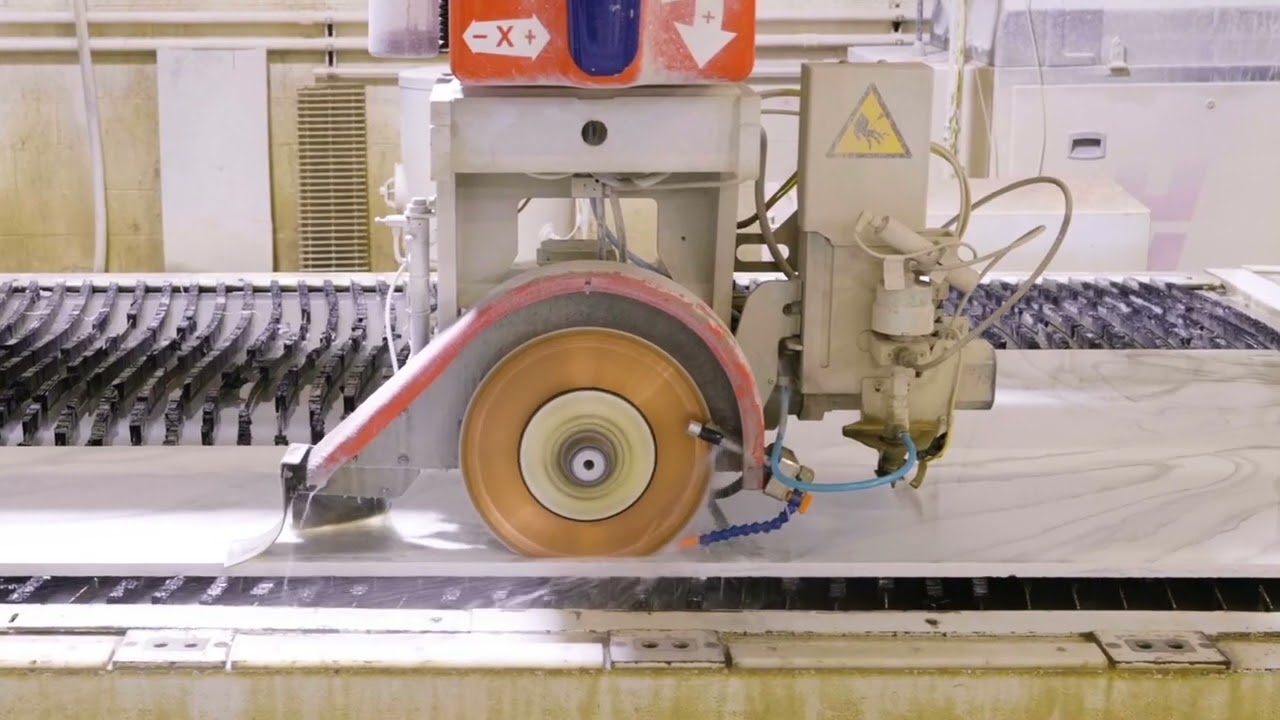
UV Adhesives – Practical Applications and a Brief History
 Ultraviolet light is a type of electromagnetic radiation that makes black-light posters glow and is also responsible for summer tans or uncomfortable sunburns. What is very interesting about UV light is the electromagnetic waves; because they are pure energy, they travel easily through empty space.
Ultraviolet light is a type of electromagnetic radiation that makes black-light posters glow and is also responsible for summer tans or uncomfortable sunburns. What is very interesting about UV light is the electromagnetic waves; because they are pure energy, they travel easily through empty space.
Are LED Lights Ultraviolet?
Standard LED’s do create a small amount of UV due to phosphors within an LED lamp that convert the ultraviolet light to white light.
While we often think of UV radiation as a generally harmful aspect of nature, harnessing the strength and power of UV radiation has helped chemists develop a range of ultra-strong adhesives that cure almost immediately when exposed to UV radiation. It has enough energy to break chemical bonds due to their higher energies. UV photons can cause ionization, which can be harmful to skin and eyes but beneficial in other areas.
How Do UV Adhesives Work?
The term “UV adhesive” is actually somewhat of a misnomer. The UV glues on the market today are actually a polymer as opposed to a glue. When the glue is applied, it will not cure until exposed to UV light. The UV wavelength then acts as a catalyst for a photochemical reaction which causes the polymer’s chemical property to change and harden almost immediately.
The chemistry involved in UV curing and most common formulations is fascinating. It is cured by free radical polymerization of acrylate functional resins. The common feature with all UV-cure adhesives is that they contain photo initiator molecules, which are activated and decompose when they absorb the energy emitted by ultraviolet light. They produce free radicals, which initiate and accelerate the curing process. Supplying this energy and determining wavelengths is key to this type of curing reaction on the adhesive.
The fact that UV adhesives will not harden until exposed to UV light presents a unique advantage over traditional “instant” super glues that can accidentally transfer to clothes, skin, or other things that should not be permanently bonded together. This allows the surfaces to be repositioned nearly endlessly until the UV light is applied. The photochemical reaction occurs only at specific wavelengths (between 240 -270 Nanometers or 350-380 Nanometers) to avoid premature or accidental curing.
Applications for UV Adhesives
UV adhesives are most advantageous in applications requiring a seamless finish or extremely precise application lines. Some of these applications can include:
- Graphic Arts
- Electronics
- Automotive
- Plumbing
- Boating
- Glass Manufacturing
Common commercial applications can include windshield repair due to the adhesive’s crystal-clear cure. UV adhesives are also applied in manufacturing processes to provide a clearly, shiny, and scratch-resistant print. We stock a huge variety of brands, sizes, and styles of UV adhesives to match any project, available here.
At Chemical Concepts, we love to explore brand-new uses for UV adhesives in commercial, industrial and even residential applications. Have an idea, or want to learn more? Our representatives are here to help! Give us a call, toll-free, at 1-800-220-1966 or end us an email at sales@chemical-concepts.com. We look forward to hearing from you!



